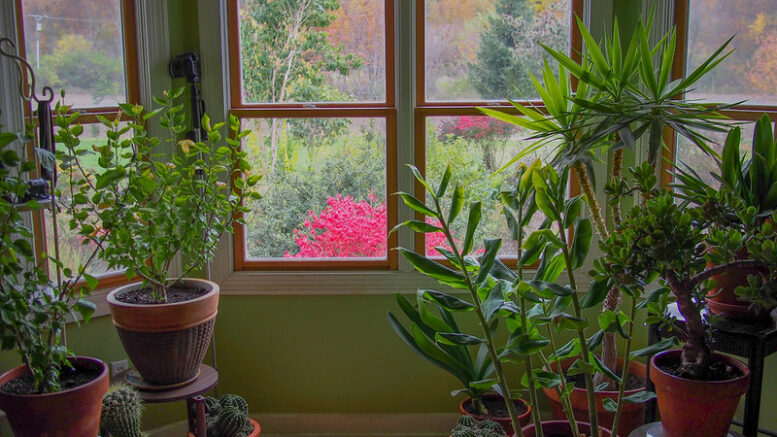The Growing Trend of Houseplants: Emphasizing Rare and Unique Varieties
In recent years, the trend of indoor gardening has soared, with houseplants becoming essential elements in home decor and personal well-being. Not only do they enhance the aesthetic appeal of living spaces, but they also contribute to improved air quality and create a calming environment. While mainstream houseplants have maintained their popularity, there is an increasing focus on rare and unique varieties, bringing a touch of exclusivity and individuality to indoor spaces.
Why Rare and Unique Houseplants?
Aesthetic Appeal: Rare houseplants often feature distinctive foliage, vibrant colors, or unusual growth patterns that can serve as stunning focal points in any room. Unique plants can elevate your decor, showcasing a personal style that sets your space apart from others.
Collectability: Many plant enthusiasts enjoy collecting rare varieties as a hobby. Each unique plant can tell a story, inviting conversations and interactions among plant lovers.
Niche Market: As the demand for rare houseplants grows, so does their value. Plant collectors and gardeners are often willing to invest in unique specimens, presenting a profitable opportunity for sellers.
Environmental Benefits: Like common houseplants, rarer varieties also enhance indoor air quality and provide psychological benefits. Engaging with a unique plant can stimulate creativity and reduce stress.
Popular Rare and Unique Houseplants
Monstera adansonii (Swiss Cheese Plant): Known for its striking holey leaves, this climbing plant is a favorite among indoor gardeners. Its unique appearance makes it a conversation starter.
Philodendron Pink Princess: This rare variety features beautiful pink variegation on its dark green leaves. It’s highly sought after for its colorful and eye-catching display.
Alocasia polly (African Mask Plant): With its dramatic, arrow-shaped leaves and striking silvery-white veins, this plant adds a bold statement to any indoor space.
Hoya Kerrii (Sweetheart Plant): Often gifted as a symbol of love, this succulent vine has heart-shaped leaves that are perfect for hanging planters, creating a romantic and aesthetic display.
Zamioculcas zamiifolia (ZZ Plant): This hardy plant is beloved for its glossy, dark green leaves and low maintenance needs. It thrives in low-light conditions and is perfect for beginners.
Boehmeria sp. (Episcia): Known for its vibrant colors and unique leaf patterns, these creeping plants can thrive in terrariums or hanging baskets, making them an attractive option for indoor gardens.
How to Care for Rare Houseplants
Research Requirements: Each rare species has specific care needs. Be sure to research light requirements, humidity levels, and watering schedules to ensure success.
Soil and Potting: Use high-quality potting mixes that provide proper drainage and aeration. Consider repotting into high-quality pots with drainage holes to prevent waterlogged roots.
Humidity and Temperature: Many rare houseplants thrive in higher humidity levels, so consider using humidity trays or misting to create a suitable environment. Keep plants away from drafts and heat sources.
Propagation Opportunities: Share the joy of rare houseplants by learning propagation techniques. Many unique plants can be propagated through cuttings, allowing for expansion of their collection.
Conclusion
As the trend of indoor gardening continues to flourish, the emphasis on rare and unique houseplants offers gardeners a way to express their personalities and cultivate a vibrant living space. By showcasing distinctive plants, individuals can create personalized indoor oases that not only look stunning but also provide the numerous benefits associated with plant care. Contributing to this trend can enhance your own indoor gardening experience while providing ample opportunities to introduce others to the captivating world of rare plants.

